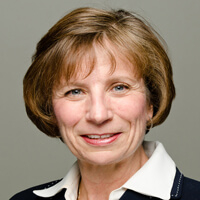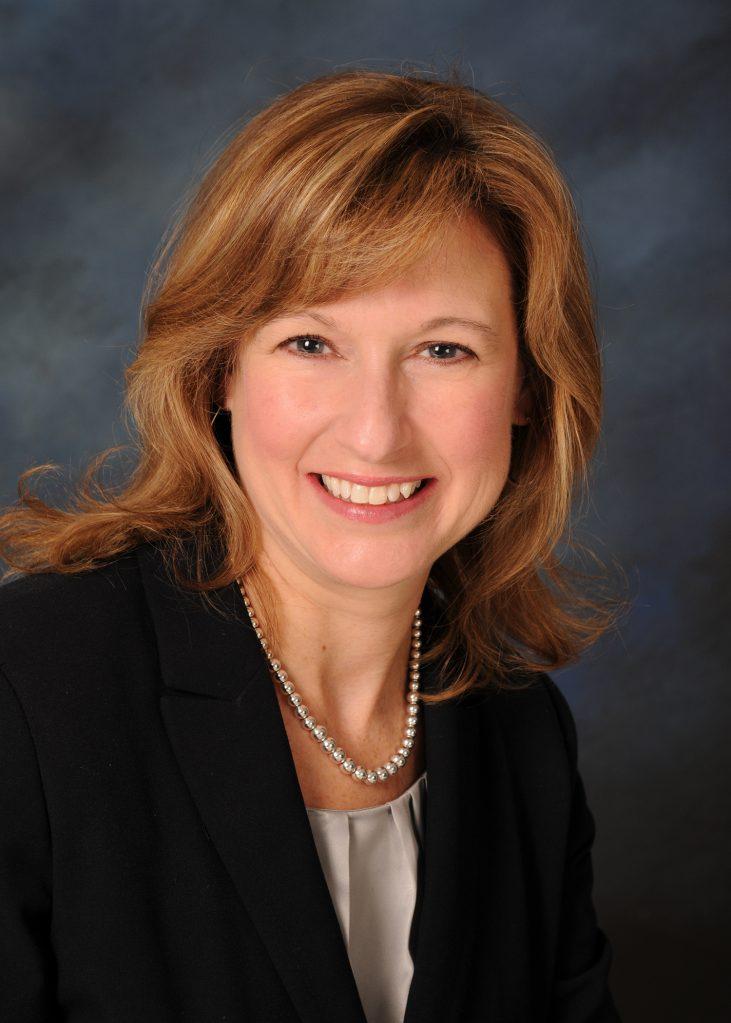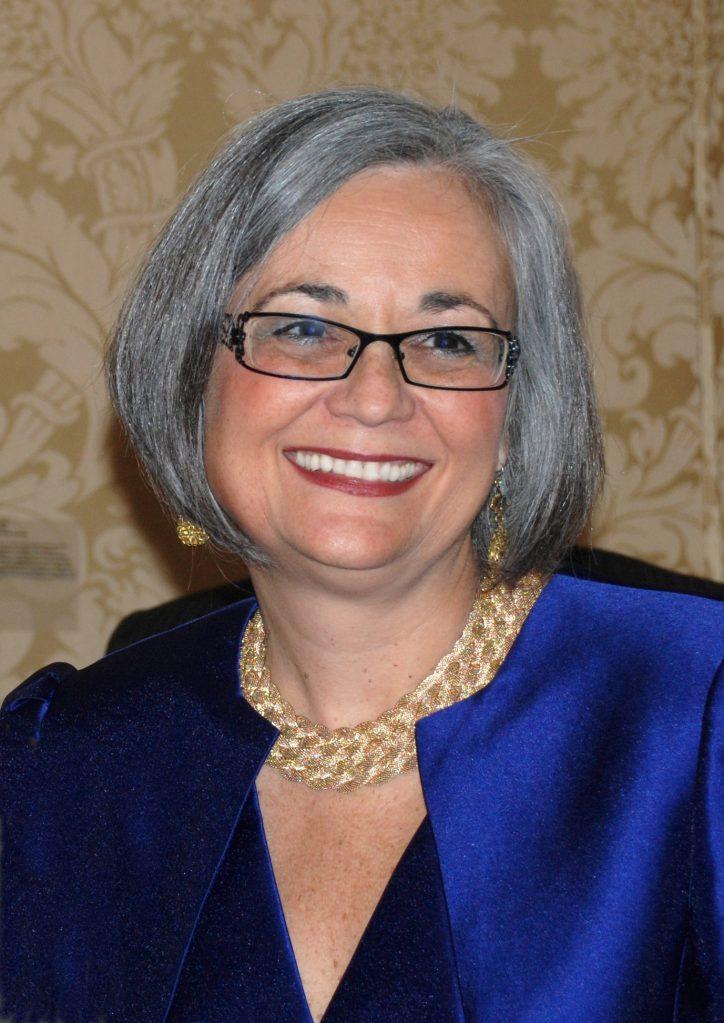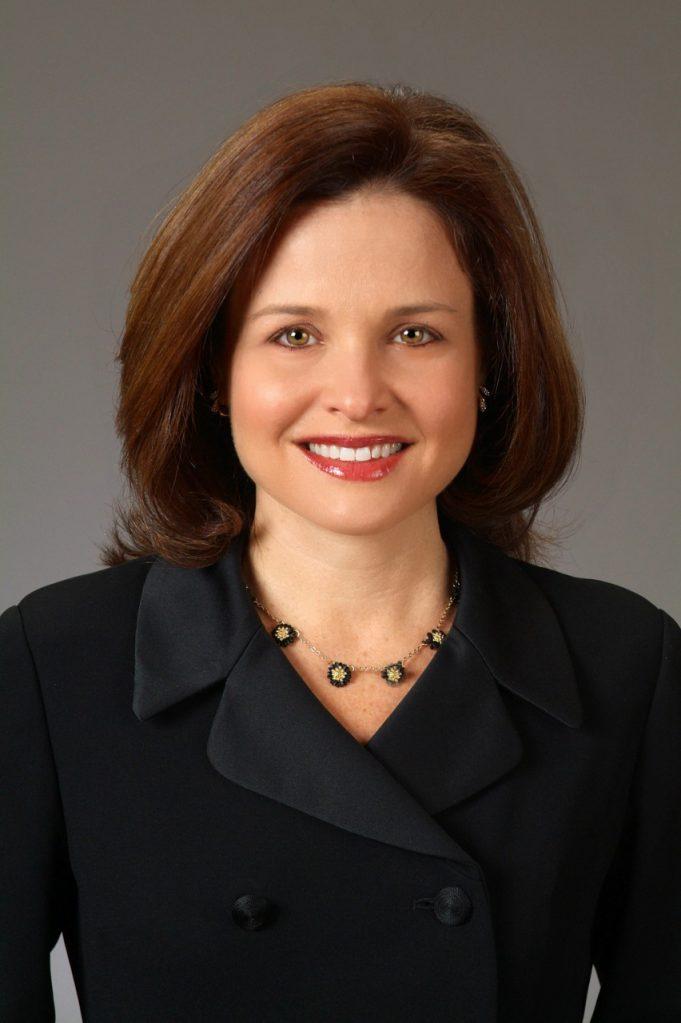This summer, U.S. nursing leadership gathered in Chicago, Philadelphia and Seattle to chart the course of the profession for the next decade.
They believe nurses will play a pivotal role in reducing health disparities. Tackling this problem is critical if nurses hope to improve the health and well-being of the U.S. population, said Susan Hassmiller, PhD, RN, FAAN, National Academy of Medicine (NAM) scholar-in-residence and nursing adviser to the NAM president. [caption id="attachment_56678" align="alignleft" width="200"] Susan B. Hassmiller, RN[/caption] The three regional town hall meetings, which were hosted by NAM, will inform a committee that is tasked with creating the Future of Nursing 2020-2030 report. In 2010, the committee released The Future of Nursing: Leading Change, Advancing Health report, which led to significant changes in nursing education, practice and research throughout the last decade. "Research has shown that social determinants of health such as education status, access to healthcare, social connectedness and food and housing insecurity can all affect an individual's health and well-being," Hassmiller said. "During the town hall meetings, we were trying to uncover what the nurse's role would be in addressing health equity and these determinants of health," she said.
Susan B. Hassmiller, RN[/caption] The three regional town hall meetings, which were hosted by NAM, will inform a committee that is tasked with creating the Future of Nursing 2020-2030 report. In 2010, the committee released The Future of Nursing: Leading Change, Advancing Health report, which led to significant changes in nursing education, practice and research throughout the last decade. "Research has shown that social determinants of health such as education status, access to healthcare, social connectedness and food and housing insecurity can all affect an individual's health and well-being," Hassmiller said. "During the town hall meetings, we were trying to uncover what the nurse's role would be in addressing health equity and these determinants of health," she said.
From health disparities to health equity
In Chicago, leaders in education shared innovative strategies for incorporating health equity into the nursing curriculum, which can relieve health disparities in the future.
"Learning how to carry out all of the important functions of nursing is valuable, but nurses need to understand how social factors lead certain patients to return to the hospital over and over again," Hassmiller said.
Pamela McCue, PhD, RN, CEO of Rhode Island Nurses Institute Middle College, is addressing this nursing education gap by increasing the number of nurses in the workforce who can personally relate to patients struggling with poverty, discrimination and other challenges. [caption id="attachment_56679" align="alignright" width="200"] Pamela McCue, RN[/caption] McCue told the audience she and other nurses were bothered by the fact that many K-12 students in the city of Providence did not have the opportunity to focus on college and career aspirations because they lived in low-income neighborhoods affected by crime, homelessness and food insecurity. "Providence is the state's most racially diverse population, and only 10% of the city's students perform at grade-level standards on state tests," said McCue, who previously worked at the Rhode Island Department of Health. In 2011, she and several other nurses opened RINI Middle College, a charter high school that gives students the opportunity to prepare for careers in the healthcare industry. Students can enroll in college preparatory classes such as anatomy and physiology, and they have access to reading specialists, math coaches, social workers and teachers who specialize in working with English language learners. More than half of the school's 272 students speak a language other than English at home, and 87% meet the guidelines for free and reduced lunches, McCue said. The vast majority are Hispanic or African American, and recent data showed more than 75% of the graduates were enrolled in college -- with 88% of these graduates selecting an intended career of nursing or advanced healthcare provider.
Pamela McCue, RN[/caption] McCue told the audience she and other nurses were bothered by the fact that many K-12 students in the city of Providence did not have the opportunity to focus on college and career aspirations because they lived in low-income neighborhoods affected by crime, homelessness and food insecurity. "Providence is the state's most racially diverse population, and only 10% of the city's students perform at grade-level standards on state tests," said McCue, who previously worked at the Rhode Island Department of Health. In 2011, she and several other nurses opened RINI Middle College, a charter high school that gives students the opportunity to prepare for careers in the healthcare industry. Students can enroll in college preparatory classes such as anatomy and physiology, and they have access to reading specialists, math coaches, social workers and teachers who specialize in working with English language learners. More than half of the school's 272 students speak a language other than English at home, and 87% meet the guidelines for free and reduced lunches, McCue said. The vast majority are Hispanic or African American, and recent data showed more than 75% of the graduates were enrolled in college -- with 88% of these graduates selecting an intended career of nursing or advanced healthcare provider.
"Providence is not the only city with an education equity gap in this country, and this model can and should be replicated," McCue said.
Learning how to lead
Hassmiller believes all nurses will once again be called to action, particularly as change agents in community settings, to address health disparities. "Nurses can be valuable assets on city councils and urban development, school and library boards," she said. [caption id="attachment_56680" align="alignleft" width="200"] Coletta Barrett, RN[/caption] Coletta Barrett, RN, FACHE, FAHA, vice president of mission at Our Lady of the Lake Regional Center in Louisiana, spoke at the Chicago meeting about working on boards for the Louisiana Emergency Response Network and Baton Rouge's Mayor's Healthy City Initiative. Through Barrett's work with other leaders, Baton Rouge became the first city in the United States to partner with hospitals to create a joint Community Health Needs Assessment -- a system of collecting data annually to identify health disparities and the significant health needs in the community and a plan to address those needs. "Nurses don't usually think of themselves as social change agents, but I learned from experience that nurse advocates can influence entire populations of people," Barrett said.
Coletta Barrett, RN[/caption] Coletta Barrett, RN, FACHE, FAHA, vice president of mission at Our Lady of the Lake Regional Center in Louisiana, spoke at the Chicago meeting about working on boards for the Louisiana Emergency Response Network and Baton Rouge's Mayor's Healthy City Initiative. Through Barrett's work with other leaders, Baton Rouge became the first city in the United States to partner with hospitals to create a joint Community Health Needs Assessment -- a system of collecting data annually to identify health disparities and the significant health needs in the community and a plan to address those needs. "Nurses don't usually think of themselves as social change agents, but I learned from experience that nurse advocates can influence entire populations of people," Barrett said.
"I know it can feel overwhelming to think about changing longstanding community problems, but my path began with simply saying yes to a small volunteer opportunity," she said.
When Barrett was starting her career, a nurse leader in the ICU at Baton Rouge Medical Center asked if she would serve on the nurse education committee for the hospital, and she agreed. Barrett also started volunteering with the American Heart Association, and rose through the ranks of leadership. She learned how to fund raise, develop a strategic plan and oversee corporate operations. By 2003, she was chairman of the board for the AHA. "When nurses volunteer for a not-for-profit organization, they can learn so much from the organization, which can also help them grow professionally," Barrett said.
Technology innovations can address health disparities
Nurses can also decrease health disparities and advance health equity in the next decade by leveraging their expertise in the design and development of technology, said Molly McCarthy, MBA, RN-BC, the CNO at Microsoft. [caption id="attachment_56681" align="alignright" width="200"] Molly McCarthy, RN[/caption] McCarthy, who presented at the Seattle town hall meeting, has worked with analytic companies that measure the impact of social determinants of health to help clinicians improve care. "The nursing perspective needs to be considered when companies are creating these digital solutions," she said. "Nurses understand the challenges involved in changing longstanding behaviors." Rather than designing tools that ask patients to walk 30 minutes a day, for example, patients may first need support finding a place to walk. Others may need transportation to follow-up appointments, she said. McCarthy encourages nurses to participate in hackathons and programs like the Johnson & Johnson Nurse Innovation Platform, which offers podcasts and fellowships to help nurses interested in developing entrepreneurial and innovation skills.
Molly McCarthy, RN[/caption] McCarthy, who presented at the Seattle town hall meeting, has worked with analytic companies that measure the impact of social determinants of health to help clinicians improve care. "The nursing perspective needs to be considered when companies are creating these digital solutions," she said. "Nurses understand the challenges involved in changing longstanding behaviors." Rather than designing tools that ask patients to walk 30 minutes a day, for example, patients may first need support finding a place to walk. Others may need transportation to follow-up appointments, she said. McCarthy encourages nurses to participate in hackathons and programs like the Johnson & Johnson Nurse Innovation Platform, which offers podcasts and fellowships to help nurses interested in developing entrepreneurial and innovation skills.
"We have technology available to do some of the more difficult and monotonous tasks of analyzing data, which enables the frontline clinician to ensure patients are getting what they need," McCarthy said. "But we need to include the nurse's voice in these developments because ultimately this makes the end result more successful."
Take these courses related to nursing leadership:
Increasing Your Nursing Influence Through Leadership: Boards! (1 contact hr) Nurses are influential and trusted. As a profession, nursing has been rated as one of the most honest and ethical for well over a decade. With the trust that nurses have merited from the public, what is a significant way for nurses to impact public and community health? Active involvement on boards! One of the goals of the significant The Future of Nursing: Leading Change, Advancing Health report was that nurses practice to the best of their capacity including pursuing leadership positions to improve healthcare in America. Nurses are key leaders that should be at the forefront of decision-making to improve the health of communities. Learn key info about why and how joining a board, commission, or coalition can help you influence public health with the skills you already hold! The Nurses on Boards Coalition has a goal: 10,000 nurses as members of various boards by 2020. Developing Your Leadership Potential (6.8 contact hrs) As the largest healthcare profession in the U.S. and the profession positioned on the front line of patient care, nurses are crucial for leading change and advancing health. The Robert Wood Johnson Foundation and the Institute of Medicine made recommendations to transform the nursing profession in their report "The Future of Nursing: Leading Change, Advancing Health." A key message from the report is the recommendation that nurses be full partners together with physicians and other healthcare professionals in redesigning the country's healthcare system. This activity will provide practical strategies to help you develop your personal plan for developing your leadership potential regardless of your chosen career path. Unlock Your Creativity: Be an Innovator (1 contact hr) Creativity is more than just coming up with ideas. It's the process of developing the ideas and transforming them into something useful. All of today's scientific, technological marvels started as someone's idea. Creativity is an essential component to advancing nursing practice. It includes terms such as imagination, ingenuity, resourcefulness, innovation, and improvisation. Nurses have to think outside the box toward the ultimate goal of discovering new and better approaches for patient care. This continuing education module discusses the age of creativity and offers suggestions for helping nurses become more creative.






